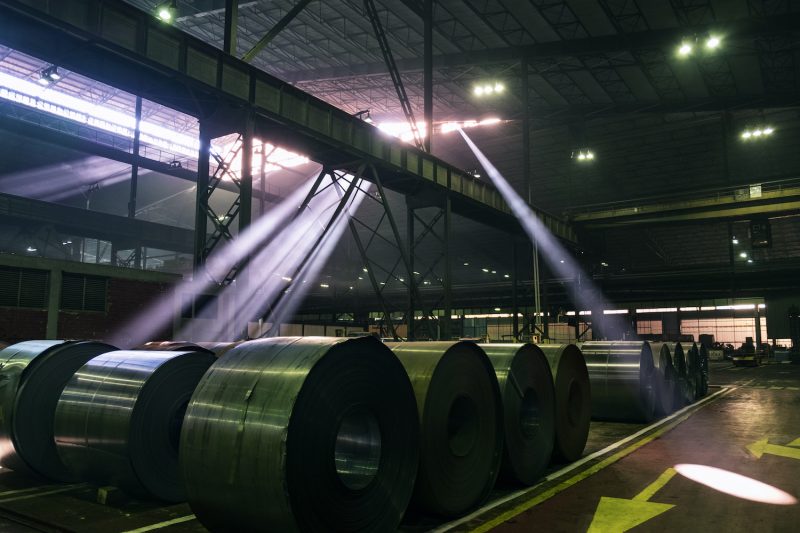
EU Cold-Rolled Coil Market Disruption
The EU cold-rolled coil (CRC) market is experiencing rising tightness due to production disruption and import curbs. Marcegaglia’s Ravenna plant fire on 25–26 October interrupted CRC output, affecting Italy’s main domestic supplier. Buyers fear prolonged stoppages, as the company refused to comment on repair timelines. Meanwhile, Italian and Spanish buyers must rethink supply chains to rely more on domestic mills. EU producers had already reduced CRC output in recent years because of high costs and weaker demand compared to global competitors.
Import Curbs and Price Pressures
Import regulations add further strain. Anti-dumping investigations target India, Japan, Vietnam, Taiwan, and Turkey, which account for 67% of EU CRC imports. If duties are confirmed, supply from these regions could drop sharply. Additionally, safeguard quotas for duty-free imports will fall to 1.73 million tons per year in April, a 53% reduction. Consequently, buyers are paying record prices, with some Q4 deliveries reaching €740–750 per ton, higher than hot-dip galvanized coil (HDG). Chinese CRC prices remain competitive, but export duties and dumping considerations affect cost dynamics.
Regional Differences and Market Outlook
Tightness in the EU contrasts sharply with the UK, where CRC supply is relatively abundant after Tata Steel paused its Continuous Annealing Processing Line. South Korean CRC offers in the UK remain below domestic hot-rolled coil prices, creating regional disparities. As a result, EU mills may enjoy stronger bargaining power, and buyers will need to secure supply early. Market participants expect tighter spreads and increased volatility until domestic production recovers and import restrictions stabilize.
SuperMetalPrice Commentary:
The EU CRC market now faces a unique convergence of production disruption and regulatory tightening. High prices reflect both real supply shortages and strategic inventory management. Buyers and mills must closely monitor Q1 production updates and safeguard policy developments. Companies positioning early with secure domestic and compliant imports will likely gain competitive advantage.





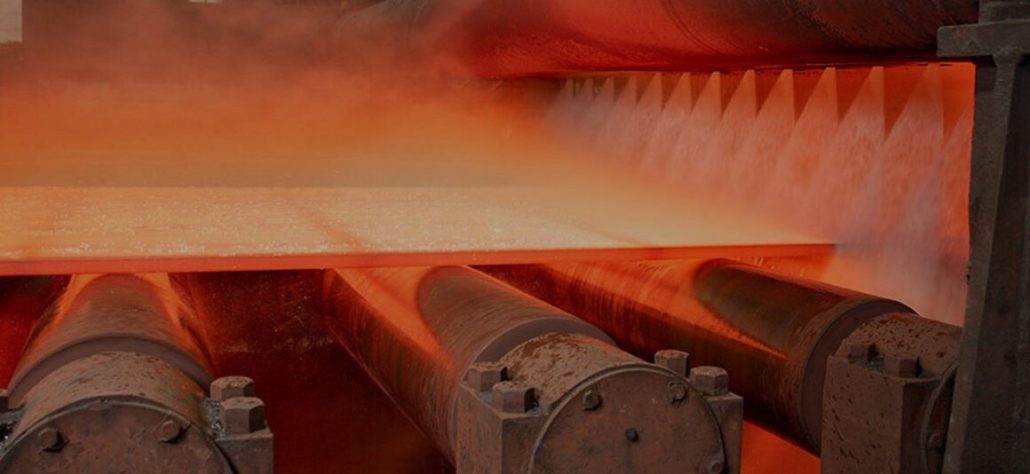

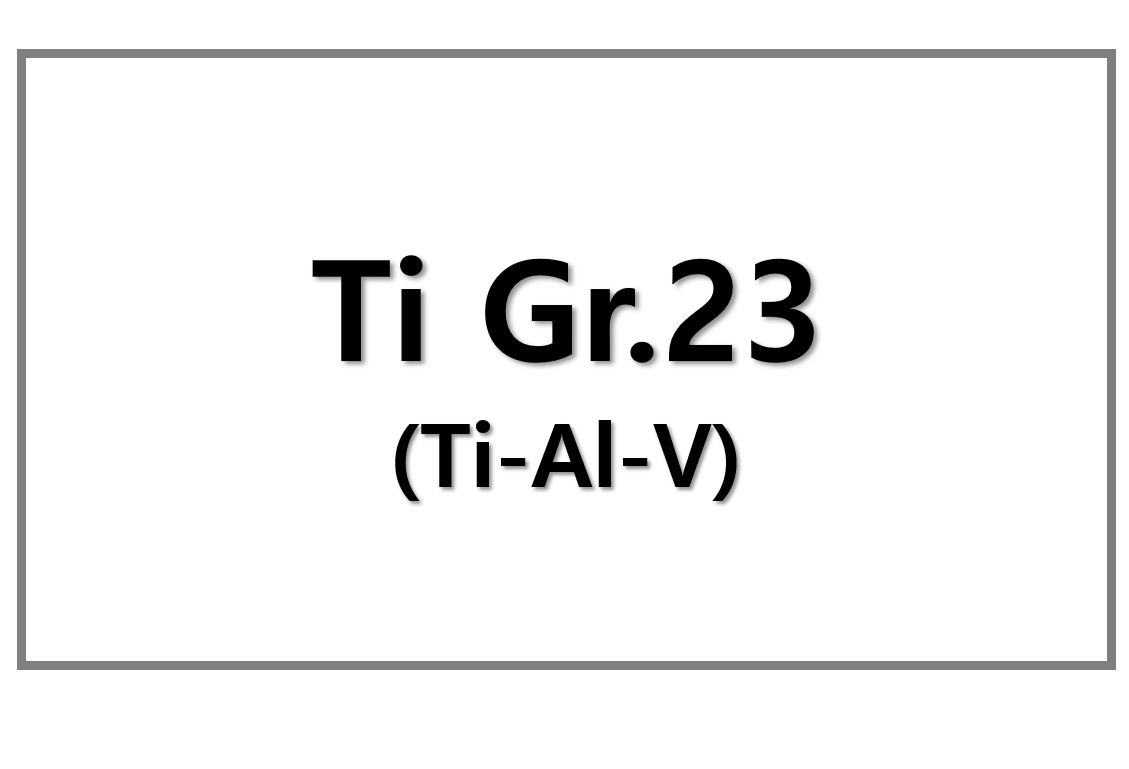
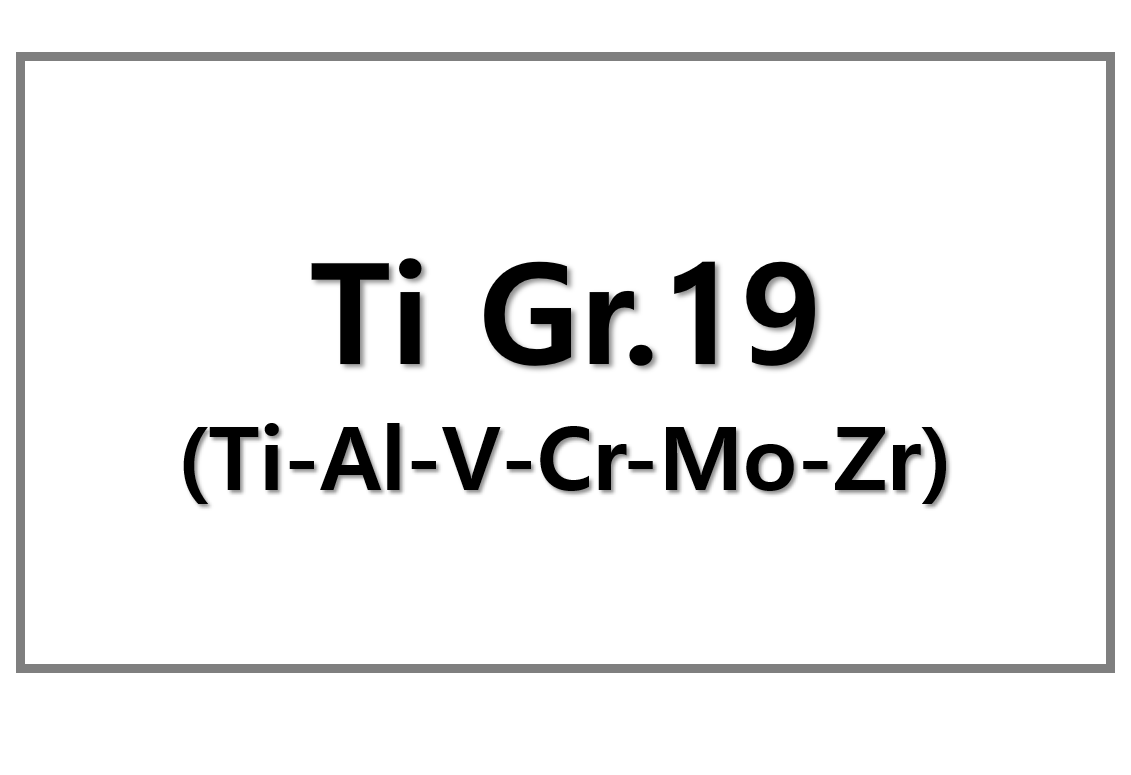
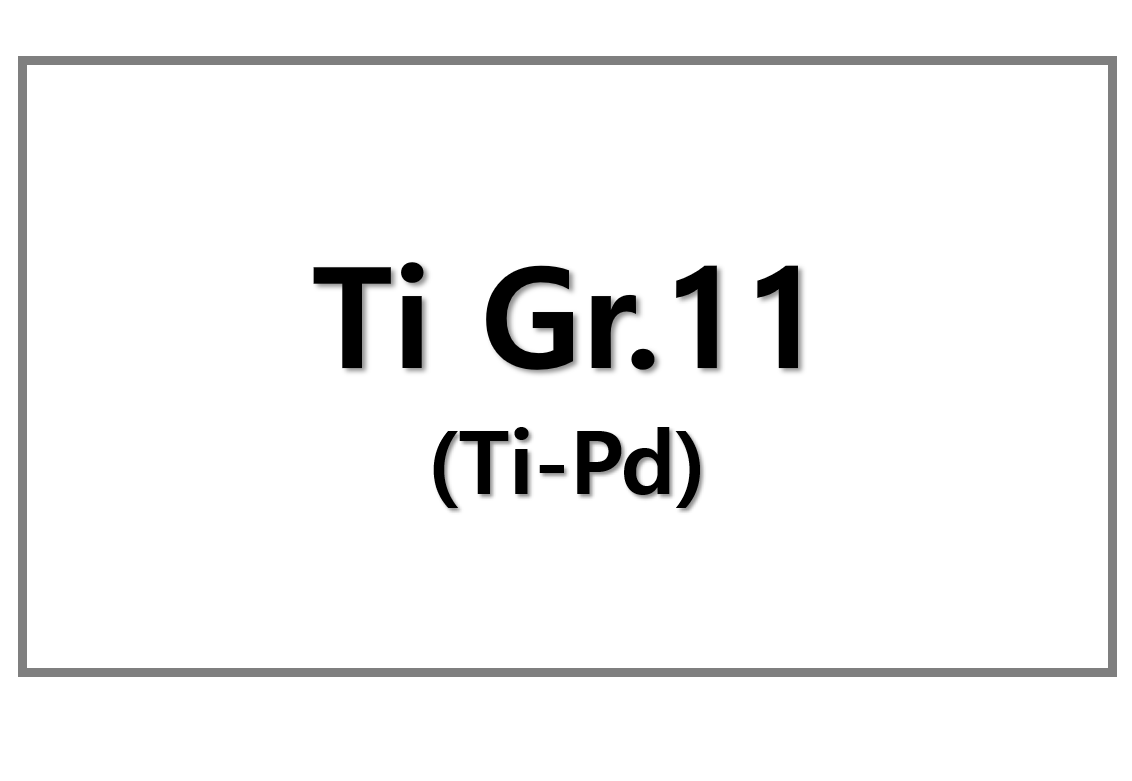

Leave a Reply
You must be logged in to post a comment.